TeSR™多能干细胞培养基
适用于人胚胎干细胞 (Human ES Cell) 和诱导性多能干细胞 (Human iPS Cell) 的重编程、维持和分化的无饲养层培养基。
TeSR™ 系列无饲养层培养基采用严格筛选的材料生产,确保每批次之间具有最高的一致性和实验可重复性,从而帮助您减少研究中的变异。每款培养基都基于James Thomson实验室已发表的配方1-3,可以使研究人员维持高质量的人多能干细胞(hPSC)培养系统。这些产品提供了一个连续的TeSR™培养基工作流程,涵盖了从诱导性多能干细胞(iPS)细胞的生成,到胚胎干细胞(ES)和iPS细胞的维持、分化和冻存。
cGMP级人多能干细胞(hPSC)维持培养基
在进行 hPSC 研究时,着眼于临床应用。我们稳定的无饲养层 hPSC 维持培养基 mTeSR™ Plus,现已按照相关 cGMP(现行药品生产质量管理规范) 要求,在经过认证的质量管理体系下进行生产和检测。如需了解更多关于法规合规的信息,请访问 STEMCELL 官网。
mTeSR™Plus 与其他维持培养基有何不同?
mTeSR™ Plus 是在 mTeSR™1 配方基础上设计的升级版本。该版本包含更稳定的成分(包括 FGF2),与其他培养基不同,它具备增强的缓冲能力,可减少培养基的酸化,从而在隔天换液操作时仍能保持细胞质量。
优势:
- 增强的缓冲系统和稳定的FGF2有助于在更灵活的换液方案下维持细胞质量。
- 支持更优的培养形态和细胞生长特性。
- 搭配 CloneR™ 使用时,可显著提高单细胞存活率。
- 与现有的基因组编辑和分化方案完全兼容。
- 按照相关cGMP规范生产,实现从基础研究到药物和细胞治疗开发的无缝过渡。
了解更多关于mTeSR™ Plus的信息,并在您自己的实验室中试用。
胚胎干细胞(ES)和诱导多能干细胞(iPS)的稳定分化具有一定挑战性。我们推荐使用我们的 STEMdiff™ 产品系列,以实现最佳且可重复的分化效果。
TeSR™培养基中细胞因子的作用及其对hPSC培养的影响是什么?
- 促进细胞存活与增殖,同时抑制特定谱系(如心肌细胞)的分化该成分,存在于所有TeSR™培养基中(TeSR™-E5除外)。
- 是维持hPSC自我更新和扩增的关键细胞因子,存在于TeSR™重编程培养基(ReproTeSR™、TeSR™-E7™)及维持培养基(,,)中
- 会抑制重编程过程,对维持hPSC多能性至关重要。TGFβ存在于全部三种TeSR™维持培养基(,,)中。
品牌历史
2006年,威斯康星大学James Thomson实验室的Tenneille Ludwig博士及其同事首次报道了在成分完全确定、无饲养层培养条件下建立的胚胎干细胞系1,2。这种首个成分明确的培养基显著改进了人胚胎干细胞培养体系,并以mTeSR™1商品名上市,成为发表文献最多无饲养层培养基,被1100余篇同行评审论文引用。
随后,基于相同配方的无外源动物成分(xeno-free)培养基——TeSR™2 推出。
2012年,发布了名为 TeSR™-E8™ 的低蛋白维持培养基,该配方基于James Thomson实验室陈国凯博士发表的E8配方3开发,仅包含维持hPSC所需的核心成分,为hPSC维持培养提供了更简化的培养方案。
近年来,STEMCELL Technologies公司进一步推出mTeSR™ Plus(2019年)和TeSR™-AOF(无动物源成分,2021年)。作为无饲养层维持培养基,mTeSR™ Plus是一种改进的无饲养层维持培养基,增强了 pH 缓冲能力,支持无需周末换液的培养方案。TeSR™-AOF是一种无动物源成分(Animal Origin-Free)培养基,生产全过程(包括二级原材料)中无动物源成分为用户提供病毒安全问题保证。mTeSR™ Plus、TeSR™-AOF和mTeSR™1均遵循现行cGMP规范生产。
除 TeSR™ 维持培养基外,STEMCELL Technologies还开发了支持多能干细胞研究各阶段的 TeSR™ 系列产品包括:成纤维细胞重编程优化培养基(TeSR™-E7™)、血细胞与成纤维细胞重编程培养基(ReproTeSR™)、分化培养基(TeSR™-E6和TeSR™-E5)以及冻存液(mFreSR™和FreSR™-S)
科研资源
专家研讨:hPSC质量保障的挑战
聆听全球专家的见解,探讨影响人多能干细胞应用的关键问题。本系列网络研讨会由 STEMCELL Technologies 与 Nature Research 合作推出。
Key Applications
Toxicity Testing with Human iPS Cells
Kleinstreuer NC, Smith AM, West PR, Conard KR, Fontaine BR, Weir-Hauptman AM, Palmer JA, Knudsen TB, Dix DJ, Donley ELR and Cezar GG (2011), Identifying developmental toxicity pathways for a subset of ToxCast chemicals using human embryonic stem cells and metabolomics, Toxicology and Applied Pharmacology., November, 2011. Vol. 257(1), pp. 111-121.
Liang P, Lan F, Lee AS, Gong T, Sanchez-Freire V, Wang Y, Diecke S, Sallam K, Knowles JW, Wang PJ, Nguyen PK, Bers DM, Robbins RC and Wu JC (2013), Drug screening using a library of human induced pluripotent stem cell-derived cardiomyocytes reveals disease-specific patterns of cardiotoxicity. Circulation., April, 2013. Vol. 127(16), pp. 1677-1691.
Liu J, Sun N, Bruce MA, Wu JC and Butte MJ (2012), Atomic Force Mechanobiology of Pluripotent Stem Cell-Derived Cardiomyocytes, PLoS ONE., May, 2012. Vol. 7(5), pp. e37559.
Mehta A, Chung YY, Ng A, Iskandar F, Atan S, Wei H, Dusting G, Sun W, Wong P and Shim W (2011), Pharmacological response of human cardiomyocytes derived from virus-free induced pluripotent stem cells, Cardiovascular Research., September, 2011. Vol. 91(4), pp. 577-586.
Differentiating to Hematopoietic Cells
Carpenter L, Malladi R, Yang C-T, French A, Pilkington KJ, Forsey RW, Sloane-Stanley J, Silk KM, Davies TJ, Fairchild PJ, Enver T and Watt SM (2011), Human induced pluripotent stem cells are capable of B-cell lymphopoiesis, Blood., April, 2011. Vol. 117(15), pp. 4008-4011.
Dravid G, Zhu Y, Scholes J, Evseenko D and Crooks GM (2011), Dysregulated gene expression during hematopoietic differentiation from human embryonic stem cells, Mol Ther. Vol. 19, pp. 768-81.
Niwa A, Heike T, Umeda K, Oshima K, Kato I, Sakai H, Suemori H, Nakahata T and Saito MK (2011), A novel serum-free monolayer culture for orderly hematopoietic differentiation of human pluripotent cells via mesodermal progenitors, PLoS One. Vol. 6, pp. e22261.
Salvagiotto G, Burton S, Daigh CA, Rajesh D, Slukvin II and Seay NJ (2011), A Defined, Feeder-Free, Serum-Free System to Generate In Vitro Hematopoietic Progenitors and Differentiated Blood Cells from hESCs and hiPSCs, PLoS ONE., March, 2011. Vol. 6(3), pp. e17829.
Differentiating to Definitive Endoderm
Jaramillo M and Banerjee I (2012), Endothelial Cell Co-culture Mediates Maturation of Human Embryonic Stem Cell to Pancreatic Insulin Producing Cells in a Directed Differentiation Approach, Journal of Visualized Experiments., March, 2012. (61)
Miki T, Ring A and Gerlach J (2011), Hepatic differentiation of human embryonic stem cells is promoted by three-dimensional dynamic perfusion culture conditions, Tissue Eng Part C Methods. Vol. 17, pp. 557-68.
Mou H, Zhao R, Sherwood R, Ahfeldt T, Lapey A, Wain J, Sicilian L, Izvolsky K, Lau FH, Musunuru K, Cowan C and Rajagopal J (2012), Generation of Multipotent Lung and Airway Progenitors from Mouse ESCs and Patient-Specific Cystic Fibrosis iPSCs, Cell Stem Cell., April, 2012. Vol. 10(4), pp. 385-397.
Spence JR, Mayhew CN, Rankin SA, Kuhar MF, Vallance JE, Tolle K, Hoskins EE, Kalinichenko VV, Wells SI, Zorn AM, Shroyer NF and Wells JM (2011), Directed differentiation of human pluripotent stem cells into intestinal tissue in vitro, Nature., February, 2011. Vol. 470(7332), pp. 105-109.
Scale-Up and Bioreactor Culture
Oh SKW, Chen AK, Mok Y, Chen X, Lim U-M, Chin A, Choo ABH and Reuveny S (2009), Long-term microcarrier suspension cultures of human embryonic stem cells, Stem Cell Research., May, 2009. Vol. 2(3), pp. 219-230.
Olmer R, Haase A, Merkert S, Cui W, Palecek J, Ran C, Kirschning A, Scheper T, Glage S, Miller K, Curnow EC, Hayes ES and Martin U (2010), Long term expansion of undifferentiated human iPS and ES cells in suspension culture using a defined medium, Stem Cell Res. Vol. 5, pp. 51-64.
Singh H, Mok P, Balakrishnan T, Rahmat SN and Zweigerdt R (2010), Up-scaling single cell-inoculated suspension culture of human embryonic stem cells, Stem Cell Res. Vol. 4, pp. 165-79.
Zweigerdt R, Olmer R, Singh H, Haverich A and Martin U (2011), Scalable expansion of human pluripotent stem cells in suspension culture, Nature Protocols. Vol. 6(5), pp. 689-700.
Differentiating to Cardiomyocytes
Hazeltine LB, Simmons CS, Salick MR, Lian X, Badur MG, Han W, Delgado SM, Wakatsuki T, Crone WC, Pruitt BL and Palecek SP (2012), Effects of Substrate Mechanics on Contractility of Cardiomyocytes Generated from Human Pluripotent Stem Cells, International Journal of Cell Biology. Vol. 2012, pp. 1-13.
Lian X, Hsiao C, Wilson G, Zhu K, Hazeltine LB, Azarin SM, Raval KK, Zhang J, Kamp TJ and Palecek SP (2012), Robust cardiomyocyte differentiation from human pluripotent stem cells via temporal modulation of canonical Wnt signaling, Proceedings of the National Academy of Sciences., July, 2012. Vol. 109(27), pp. 10759-10760.
Mehta A, Chung YY, Ng A, Iskandar F, Atan S, Wei H, Dusting G, Sun W, Wong P and Shim W (2011), Pharmacological response of human cardiomyocytes derived from virus-free induced pluripotent stem cells, Cardiovascular Research., September, 2011. Vol. 91(4), pp. 577-586.
Zhang H, Zou B, Yu H, Moretti A, Wang X, Yan W, Babcock JJ, Bellin M, McManus OB, Tomaselli G, Nan F, Laugwitz K-L and Li M (2012), Modulation of hERG potassium channel gating normalizes action potential duration prolonged by dysfunctional KCNQ1 potassium channel, Proceedings of the National Academy of Sciences., July, 2012. Vol. 109(29), pp. 11866-11871.
参考文献
- Ludwig TE et al. (2006) Feeder-independent culture of human embryonic stem cells. Nat Methods 3(8): 637–46.
- Ludwig TE et al. (2006) Derivation of human embryonic stem cells in defined conditions. Nat Biotechnol 24(2): 185–7.
- Chen G et al. (2011) Chemically defined conditions for human iPSC derivation and culture. Nat Methods 8(5): 424–9.


 EasySep™小鼠TIL(CD45)正选试剂盒
EasySep™小鼠TIL(CD45)正选试剂盒




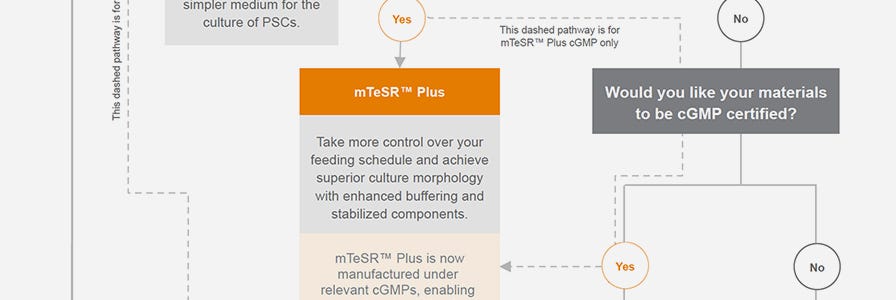
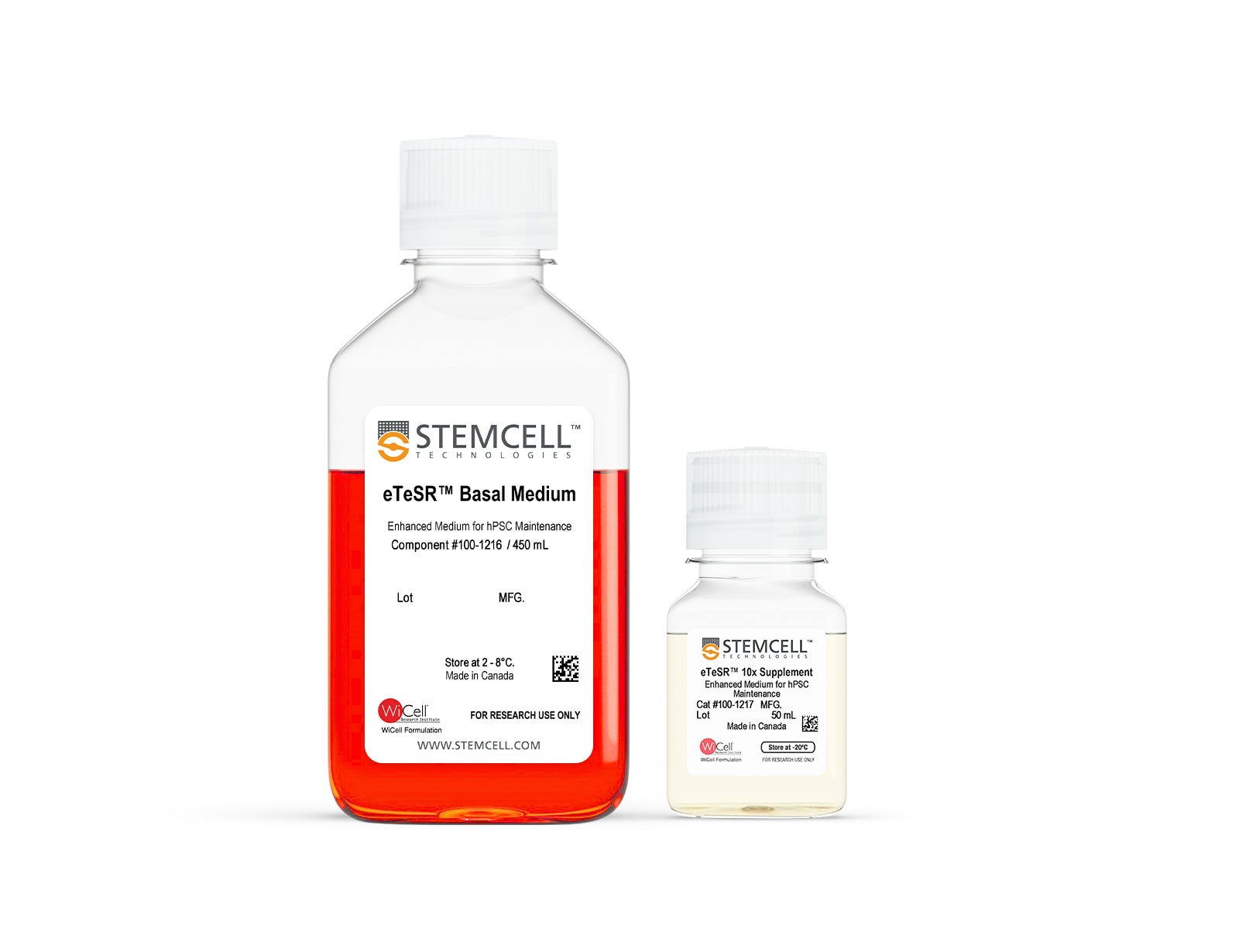
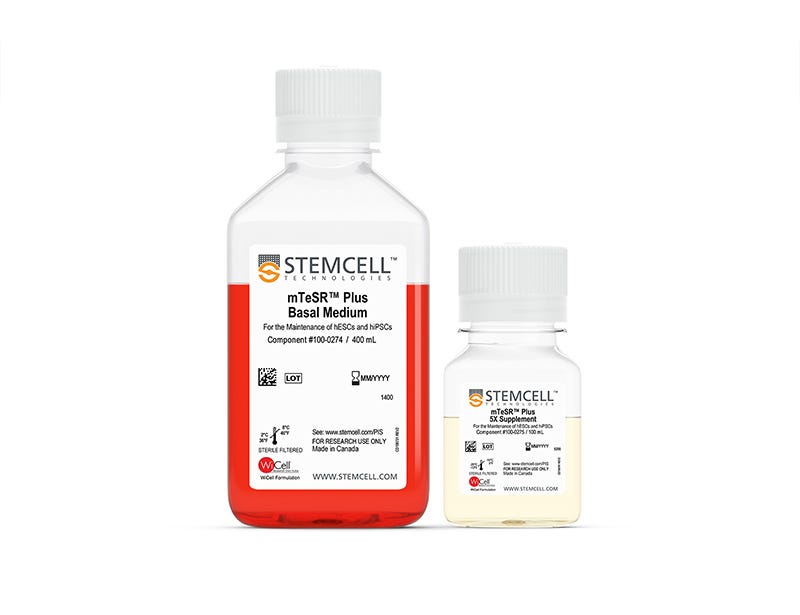
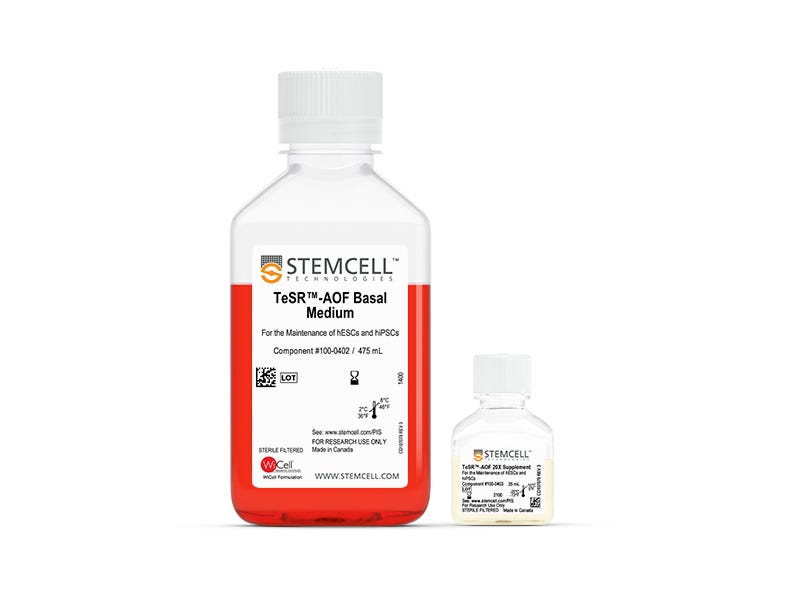
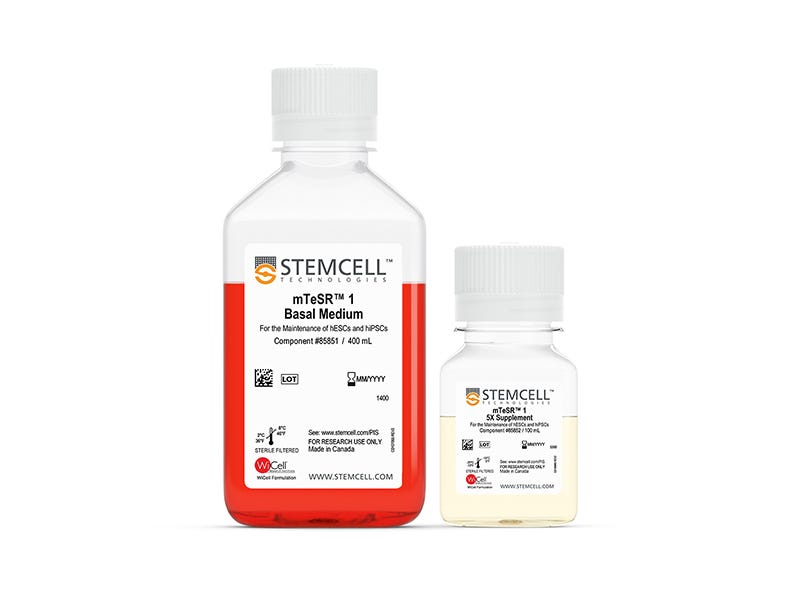
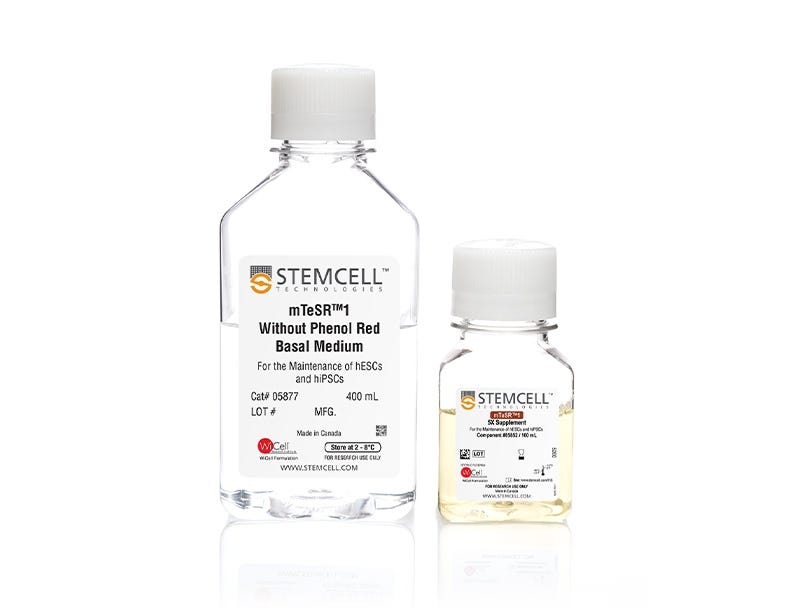
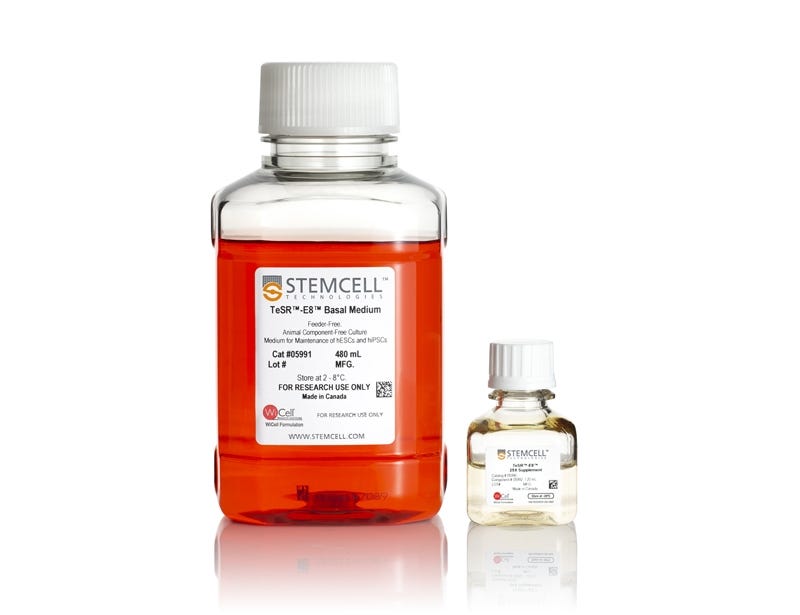
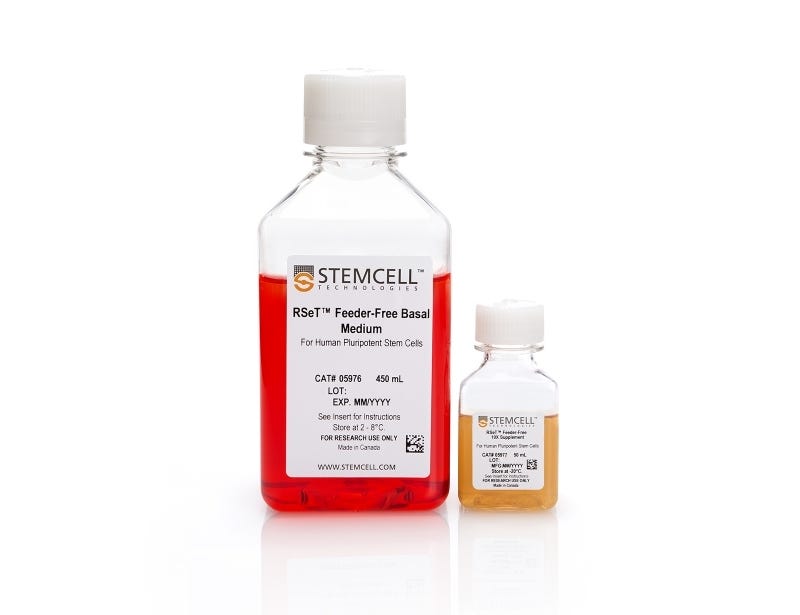
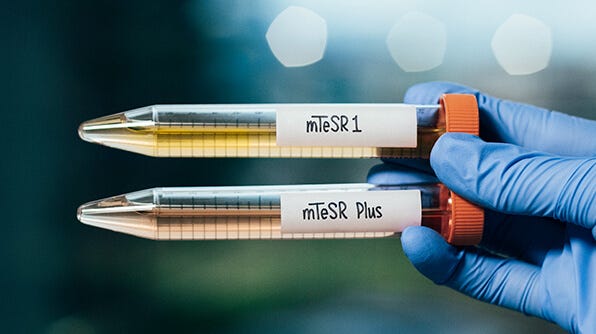
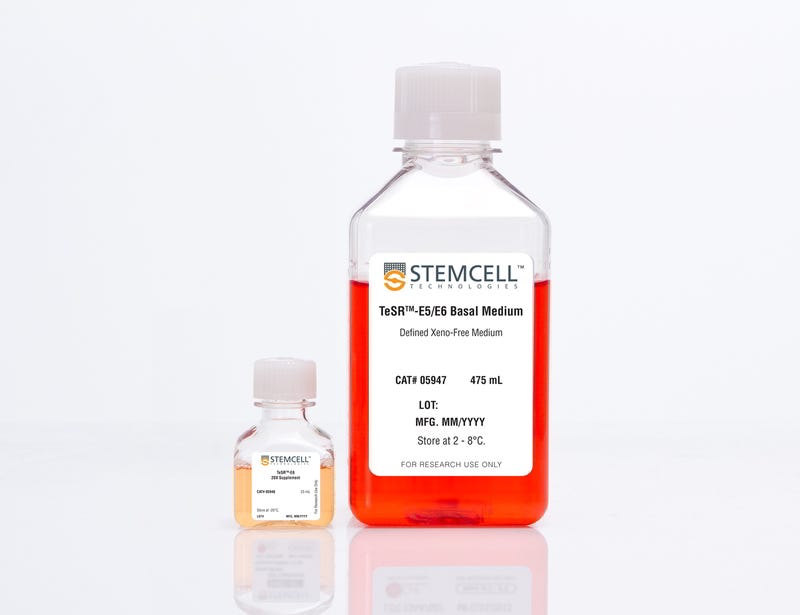
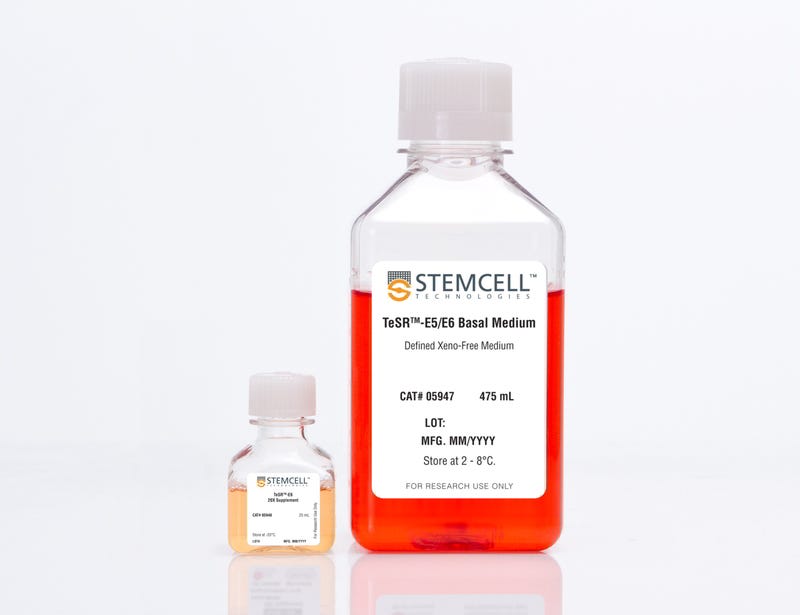

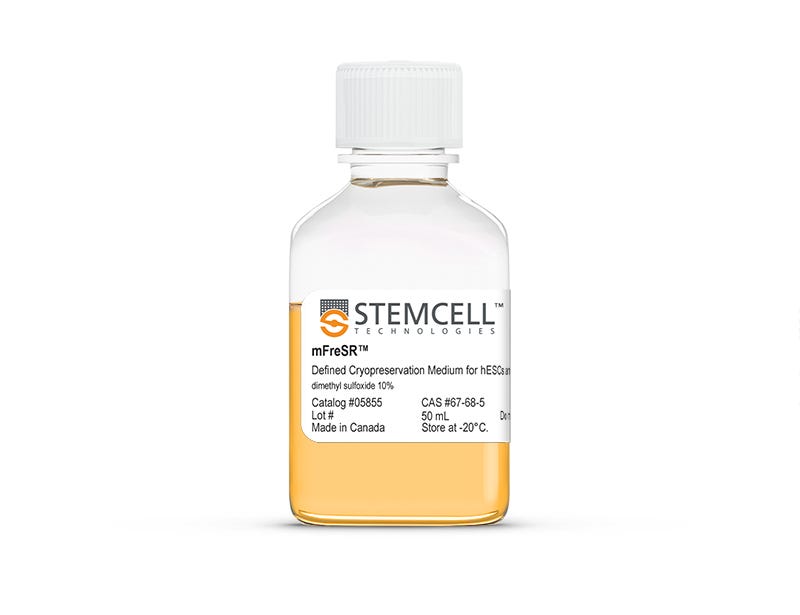



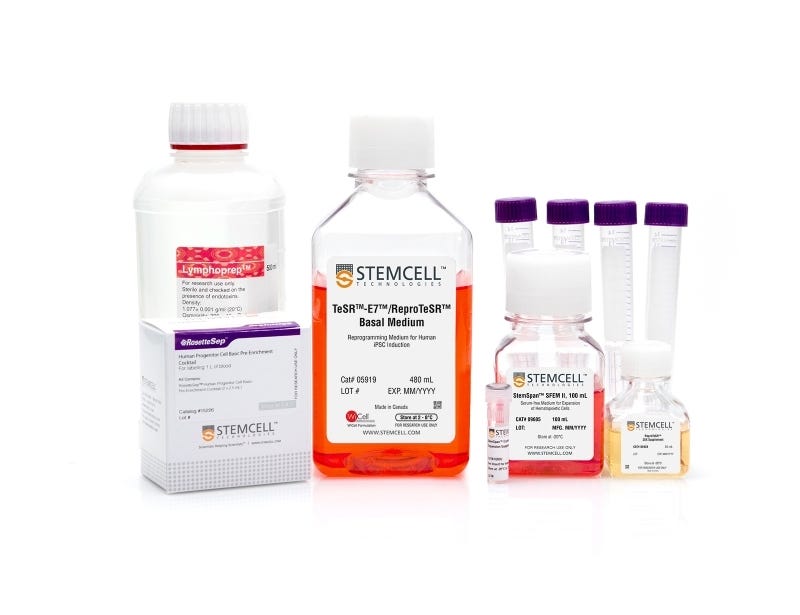
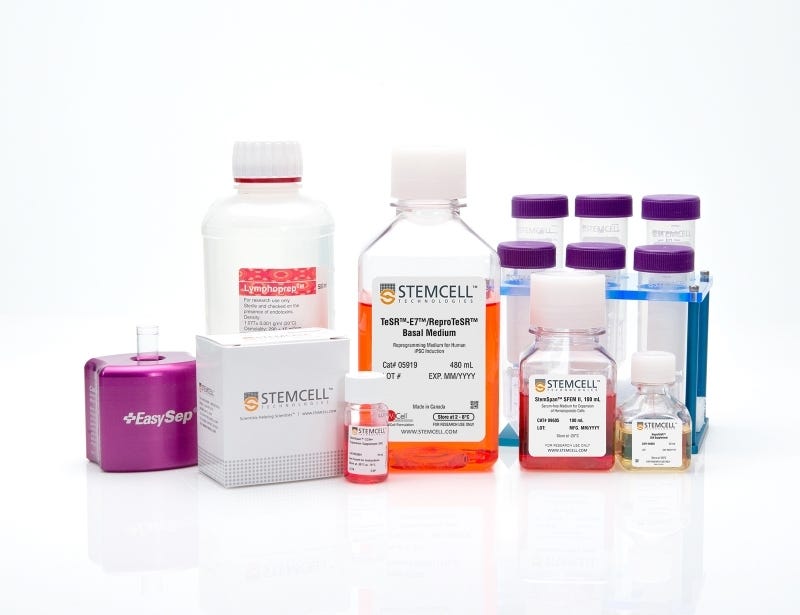
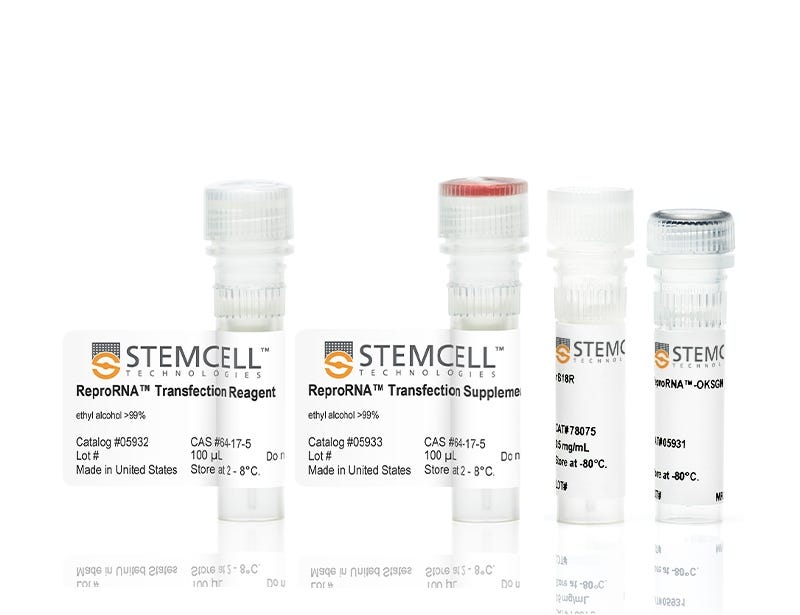
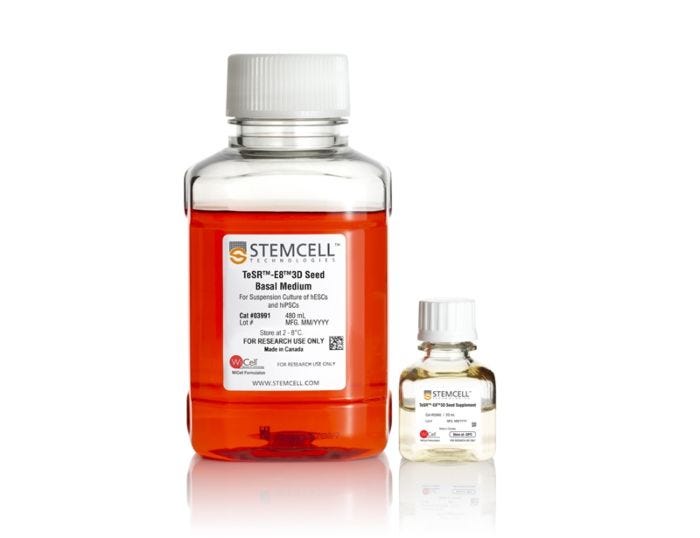
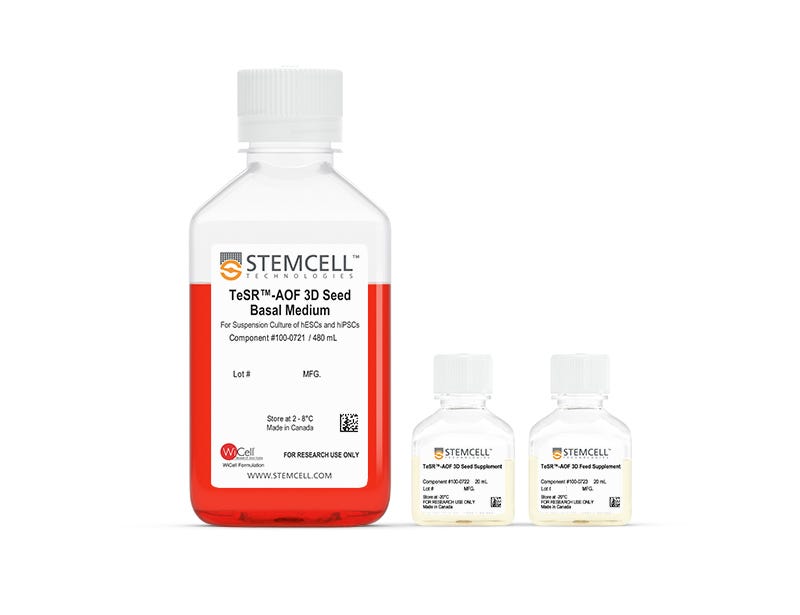
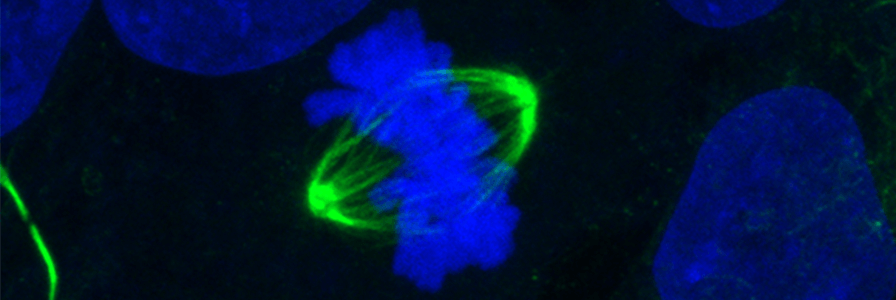
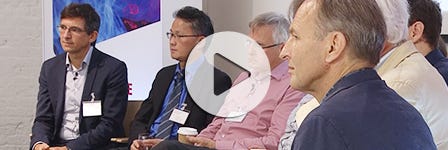


 沪公网安备31010102008431号
沪公网安备31010102008431号